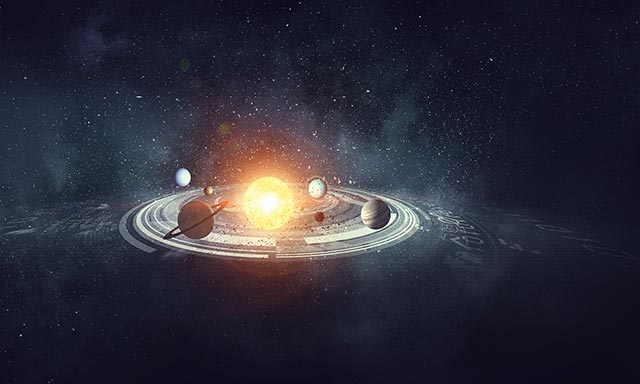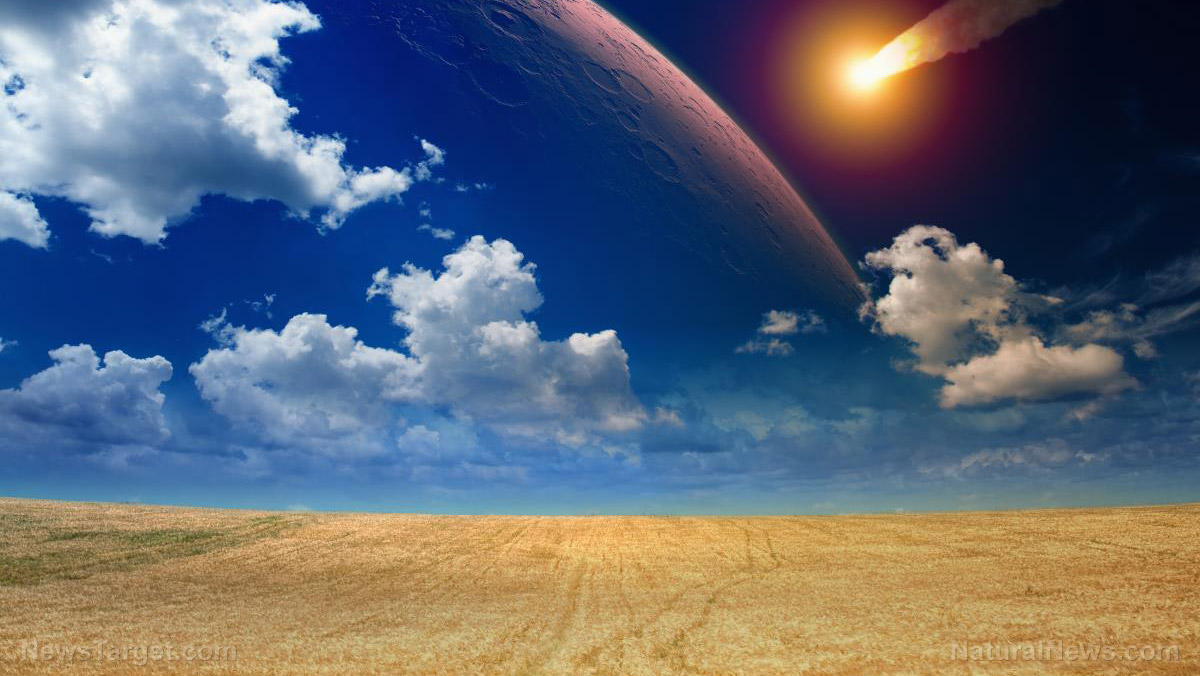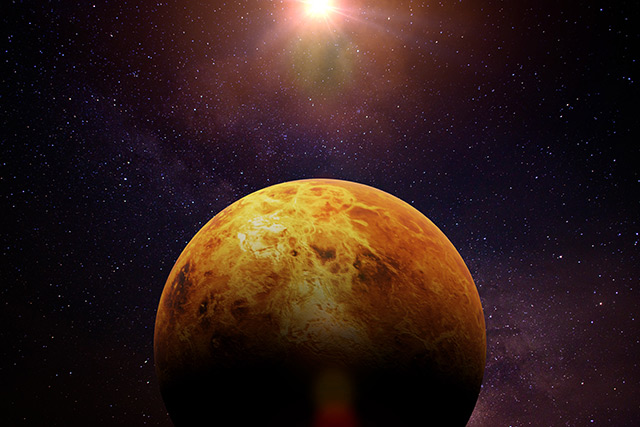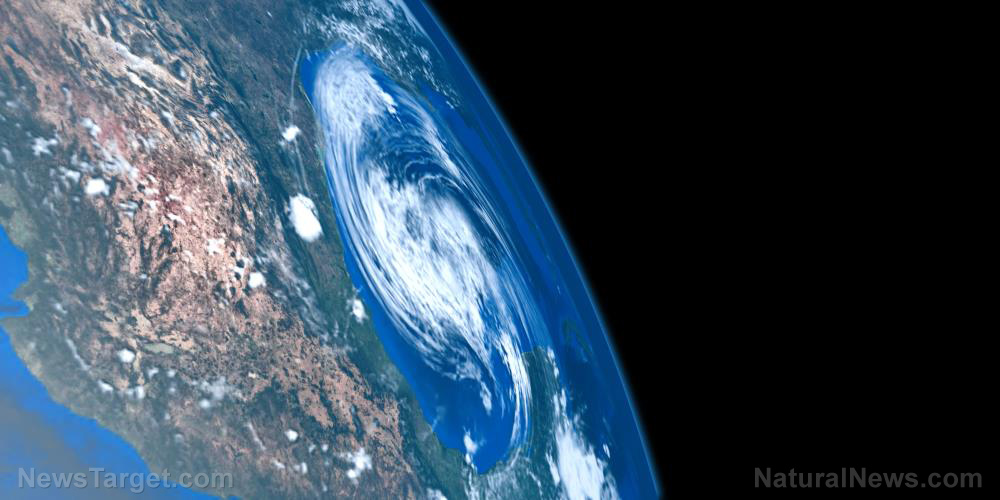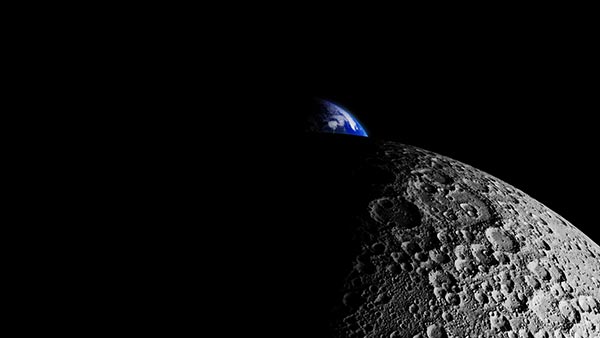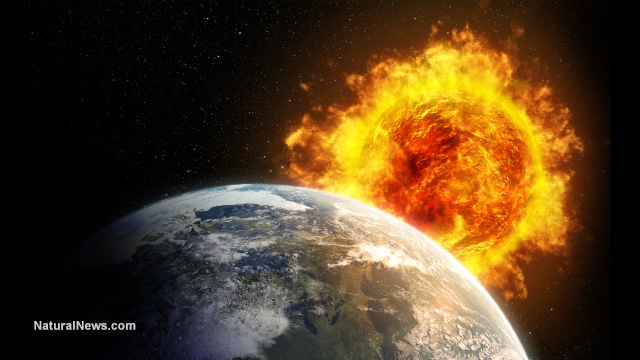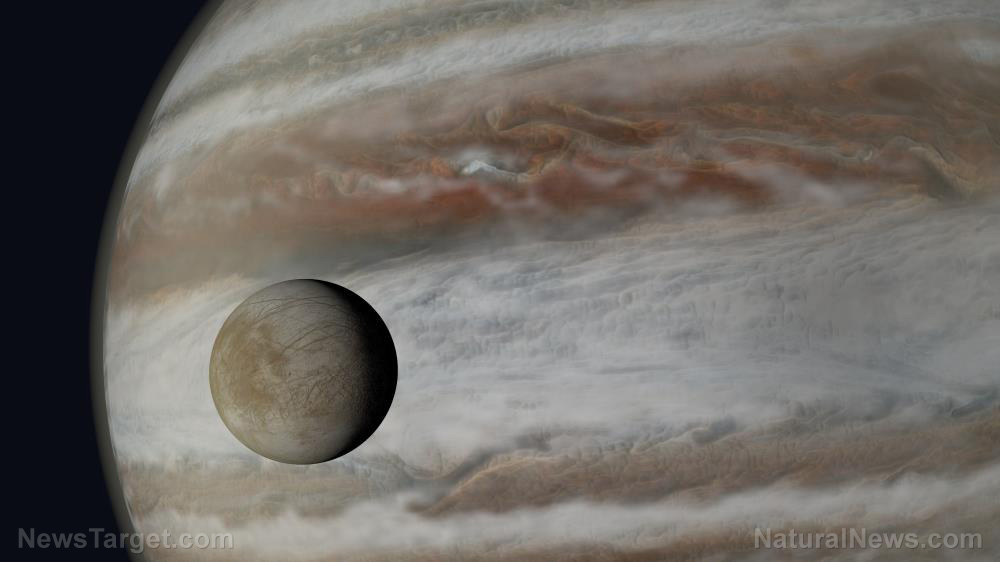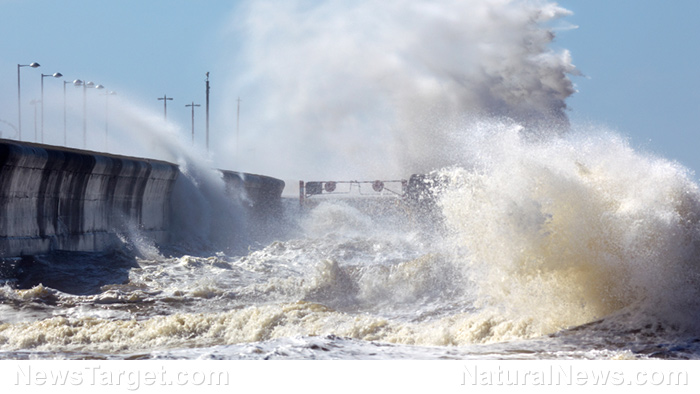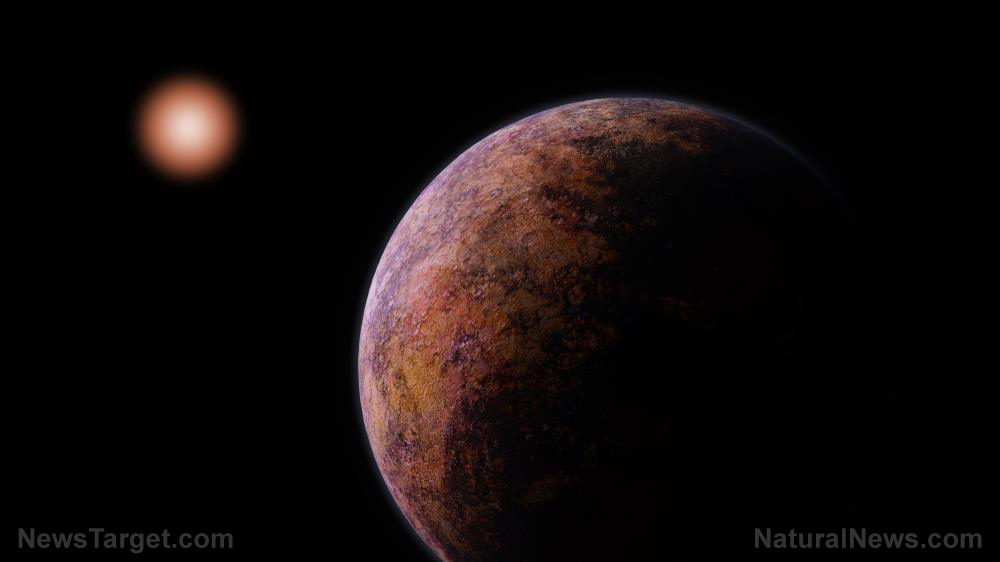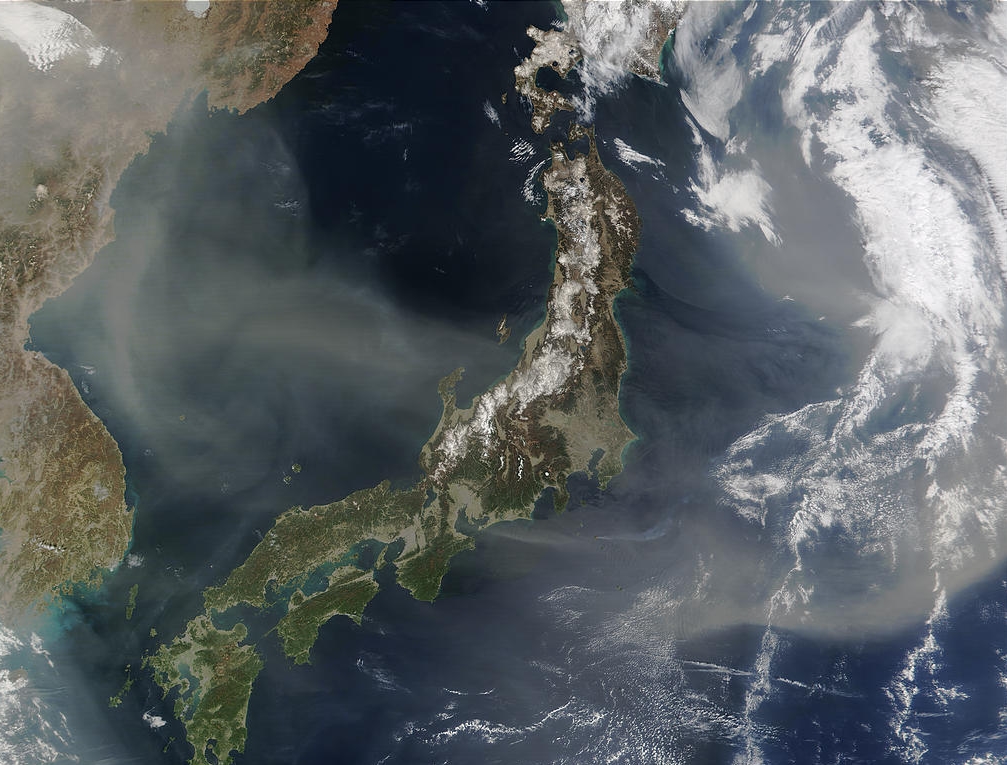Study: Multiple supernovae triggered a mass extinction millions of years ago
08/21/2020 / By Virgilio Marin

A string of exploding stars might have caused at least one mass extinction event 365 million years ago, suggests a study published in the journal Proceedings of the National Academy of Sciences.
Multiple supernovae depleted the ozone layer for a long period of time which increased the amount of radiation that entered Earth. As a result, several species died at the end of the Devonian period.
An international team of researchers said that a series of supernovae make sense considering the prolonged period of ozone depletion that possibly occurred during the end of the Devonian period. Other space-based events such as meteorite collisions are too short to cause such a long-lasting impact. Meanwhile, evidence for Earth-based catastrophes such as volcanic eruptions is inconclusive for the time interval in question.
“Instead, we propose that one or more supernova explosions, about 65 light-years away from Earth, could have been responsible for the protracted loss of ozone,” said co-author Brian Fields of the University of Illinois, Urbana-Champaign.
A supernova refers to the explosion of a star. It occurs when a star is dying or, in the case of binary pairs, has accumulated too much matter from its companion star.
Mass extinction due to a string of supernovae
The end of the Devonian period was characterized by two prolonged episodes of mass extinction as well as several shorter episodes. The first of the two is known as the Kellwasser Event, which occurred during the late middle Devonian. It was responsible for the demise of the great coral reefs, trilobites and jawless fishes. Meanwhile, the Hangenberg Event occurred at the boundary between the Devonian and the Carboniferous periods. It decimated the Placoderms and the majority of the early ammonites.
Scientists previously linked Hangenberg Event to the depletion of the ozone layer. The cause of the latter, however, is still unclear. One hypothesis points to volcanic eruptions while another hypothesis proposes a period of global warming.
In the study, the team explored the possibility that supernovae involving massive stars are responsible for ozone depletion. They explained that a supernova delivers a one-two punch: It bathes Earth with harmful ultraviolet, gamma and X-rays, while blasted debris slamming into the solar system accelerates moving particles. In such ways, Earth was plunged into prolonged irradiation from fast-traveling cosmic rays, depleting Earth’s ozone layer over the course of up to 100,000 years.
They added that a string of supernovae likely occurred as opposed to a single exploding star. Fossil evidence indicates that biodiversity declined for about 300,000 years leading to the Hangenberg Event, suggesting multiple explosions.
“This is entirely possible. Massive stars usually occur in clusters with other massive stars, and other supernovae are likely to occur soon after the first explosion,” said co-author Jesse Miller of the University of Illinois, Urbana-Champaign. (Related: Astronomers discover and decode strange signals from a 3-body star system.)
The researchers also considered possible astrophysical causes of ozone depletion such as meteorite impacts, gamma-ray explosions and solar eruptions. However, they said that these events end quickly and, therefore, are insufficient for long-lived ozone depletion.
Radioactive isotopes key to prove supernovae theory
The authors said that the key to proving their theory is the radioactive isotopes plutonium-244 and samarium-146. These isotopes do not occur naturally on Earth today. The only way they can reach Earth is through cosmic explosions.
The team plans to search for these isotopes in rocks from the Devonian-Carboniferous boundary. Rocks from this layer of Earth contain numerous generations of plant spores that seem to be sunburnt by ultraviolet light. By finding the isotopes and analyzing them, the researchers could define patterns in the geologic record which would indicate supernova explosions. (Related: Supernova, resurrected: Scientists are puzzled by “the star that wouldn’t die”.)
According to Fields, their study serves as a reminder that life on Earth does not exist isolation. He said, “We are citizens of a larger cosmos, and the cosmos intervenes in our lives — often imperceptibly, but sometimes ferociously.”
Space.news has more on the science behind multiple supernovae.
Sources include:
Tagged Under: cool science, cosmic ray, disaster, gamma ray, mass extinction, radiation, Space, Stars, supernova, ultraviolet rays
RECENT NEWS & ARTICLES
Cosmic.News is a fact-based public education website published by Cosmic News Features, LLC.
All content copyright © 2018 by Cosmic News Features, LLC.
Contact Us with Tips or Corrections
All trademarks, registered trademarks and servicemarks mentioned on this site are the property of their respective owners.

